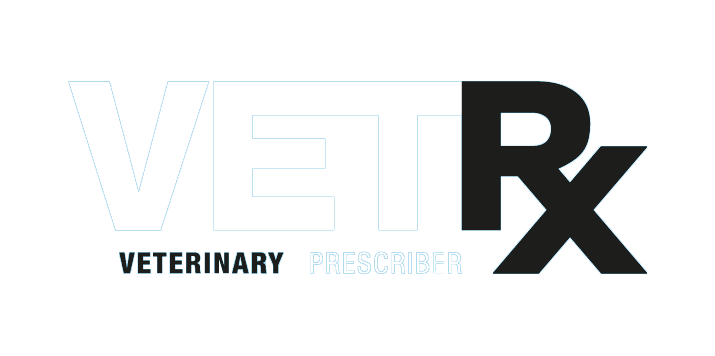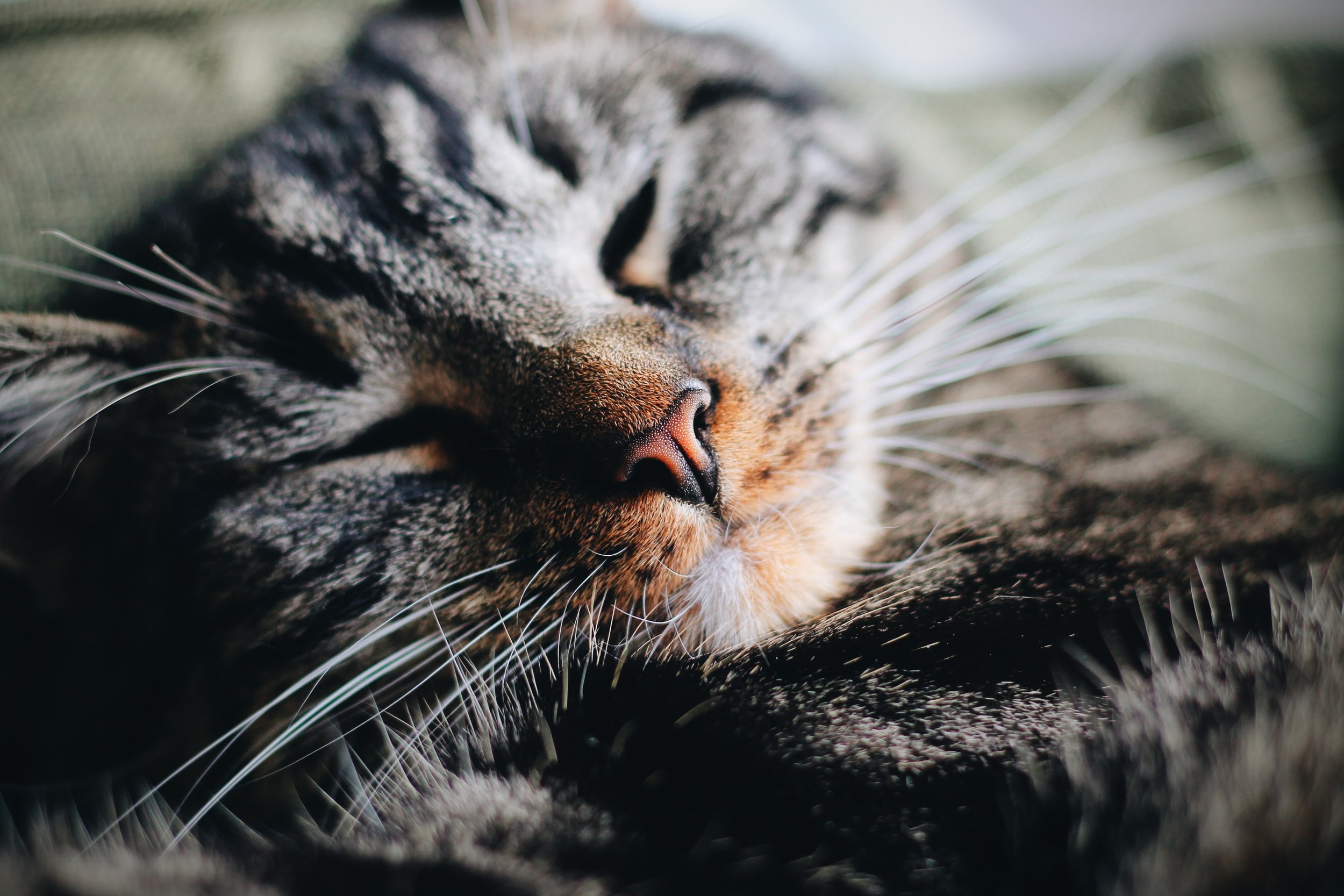How to pill a difficult cat
Grey tabby cat close up of face
How to pill a difficult cat
The success of an oral treatment for a cat depends very much on the owner being able to administer the medicine correctly and reliably, but ultimately the cat must swallow the dose. Many cats will not voluntarily take an oral medication. This is why owners might ask about how to pill a difficult cat.
Many drug molecules and other medicine ingredients have an unpleasant smell or taste. Medicines manufacturers try to help increase the likelihood that a cat will take a medication by manipulating the formulation to mask the taste. There are two main ways to do this: adding a flavouring; and including a coating.
Tablet formulations for cats often contain one or two meaty flavours (such as yeast, liver, beef, poultry or fish) to disguise the taste of a drug and to appeal to cats.
Coatings can be used to cover the drug product to mask the taste smell.
But despite the best efforts of drug companies, some cats will still not take a pill that is flavoured or coated. In such cases there are several techniques that are recommended to help with how to pill a difficult cat.
Strategies that might help with the dilemma of how to pill a difficult cat
● Hide the medication in food, such as cooked meat, soft cheese, tinned fish. However, even though a favourite food is used, this might not solve the problem of how to pill a difficult cat. The cat may still detect the smell of the medicine and be reluctant to take it, even when mixed with foods they would otherwise readily take. It is important that veterinary professionals tell pet owners whether a medicine can be given with food.
● Use of pilling devices (e.g. pill pocket treats and pet putty).
● Using the ‘poke-down’ method. This consists of placing a tablet or capsule at the base, or far back, of the animal’s tongue, closing its mouth and repositioning the head and neck to their natural position while massaging the throat or diverting the animal until the dosage form is swallowed. The dosage form can become trapped so this is best done together with a small amount of food or water.
● Crushing the tablet or opening the capsule and sprinkling the powder or granules on food. Note that crushing tablets and open capsules is an unlicensed (i.e. cascade) use of a licensed product, unless the product information (SPC) states that it is acceptable. It is important that veterinary professionals give advice to cat owners about when it is not OK to crush a tablet or open a capsule. In a survey of cat owners, less than half were told if tablets could be crushed or capsules opened.
These might provide a solution to the problem of how do I get my cat to take a pill. There are also helpful online videos available, such as this one by International Cat Care, to help cat owners who want to see a demonstration on how to pill a difficult cat.
New formulation developments that might help with tackling how to pill a difficult cat
Pharmaceutical companies are researching how to create oral formulations that are voluntarily accepted by cats. If a medication is truly accepted voluntarily by a cat, that will avoid the need to use the various strategies, and be a solution to how to pill a difficult cat.
Can the claims about acceptability be believed?
There are many oral veterinary products on the market that are flavoured, or are described as chewable or palatable. Veterinary professionals need to understand what the phrases and claims mean.
Founded in 2012, Veterinary Prescriber provides evidence-based, practical and clearly-written information for vets and other veterinary professionals on medicines. We're proud to be wholly independent, which means that the information we provide is impartial and not influenced by commercial interests.
We love making sense of medicines, which means getting to the bottom of what terms like chewable and palatable really mean when pharmaceutical companies use them to describe medications for cats. That is why we have devoted a CPD module to this subject.
Veterinary Prescriber offers independent reviews of medicines and medicines-related topics for vets, vet nurses, SQPs and pharmacists. These are presented as CPD modules through The Virtual Veterinary Medicines Academy. We also offer unique product guides, medicines resources and Medicines Certificates. Access to the information is through subscription (this is how we are able to produce information that is completely objective). For further details on The Academy itself, what is covered in the CPD modules, or to sign up today, click here. For more information on Veterinary Prescriber, including how we research and produce our content, or to meet the Veterinary Prescriber team, please see our about us page.

